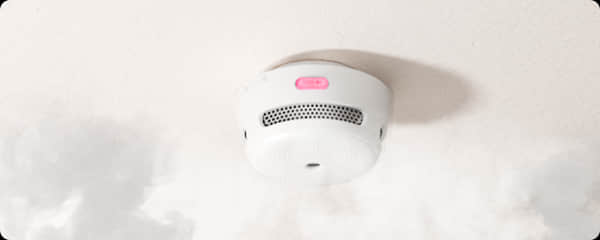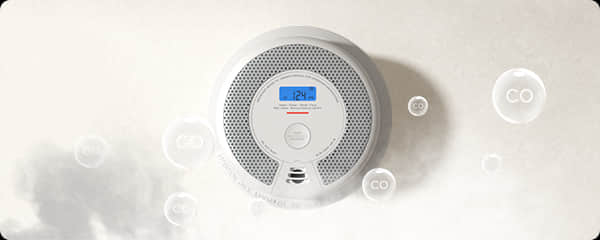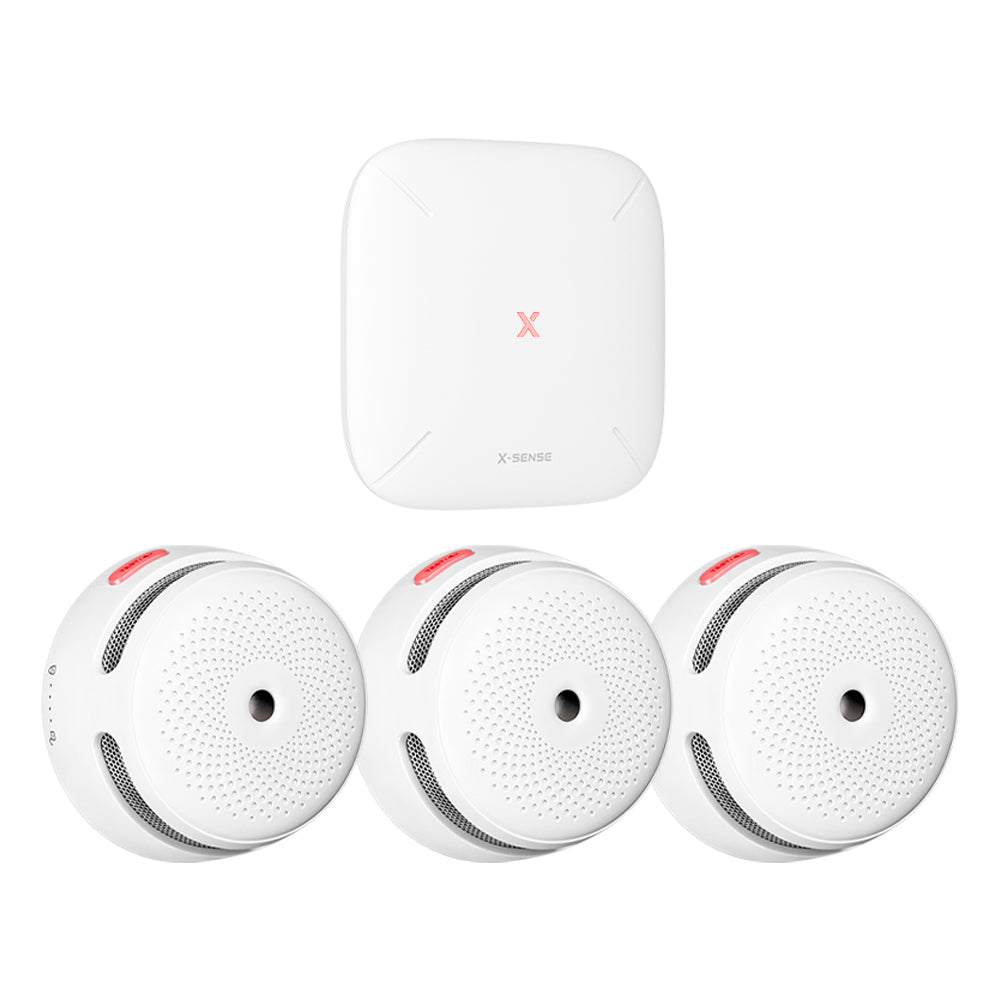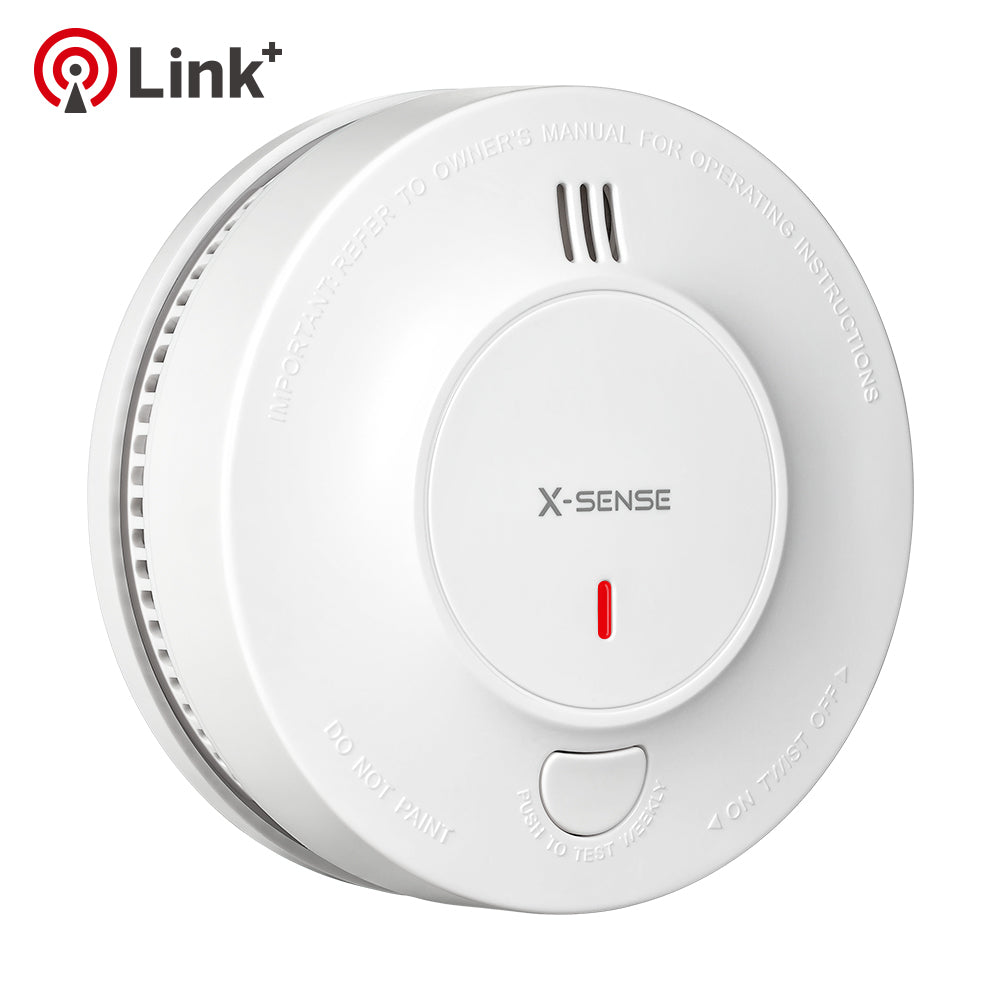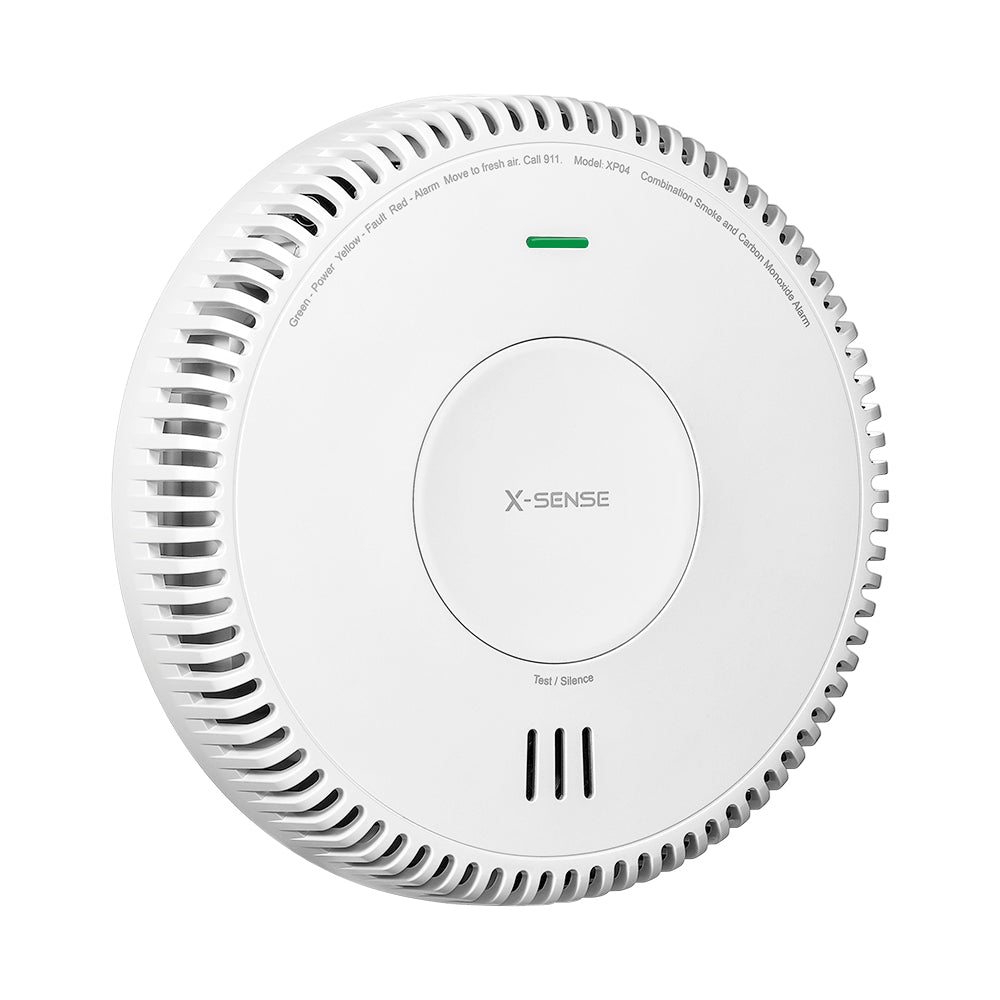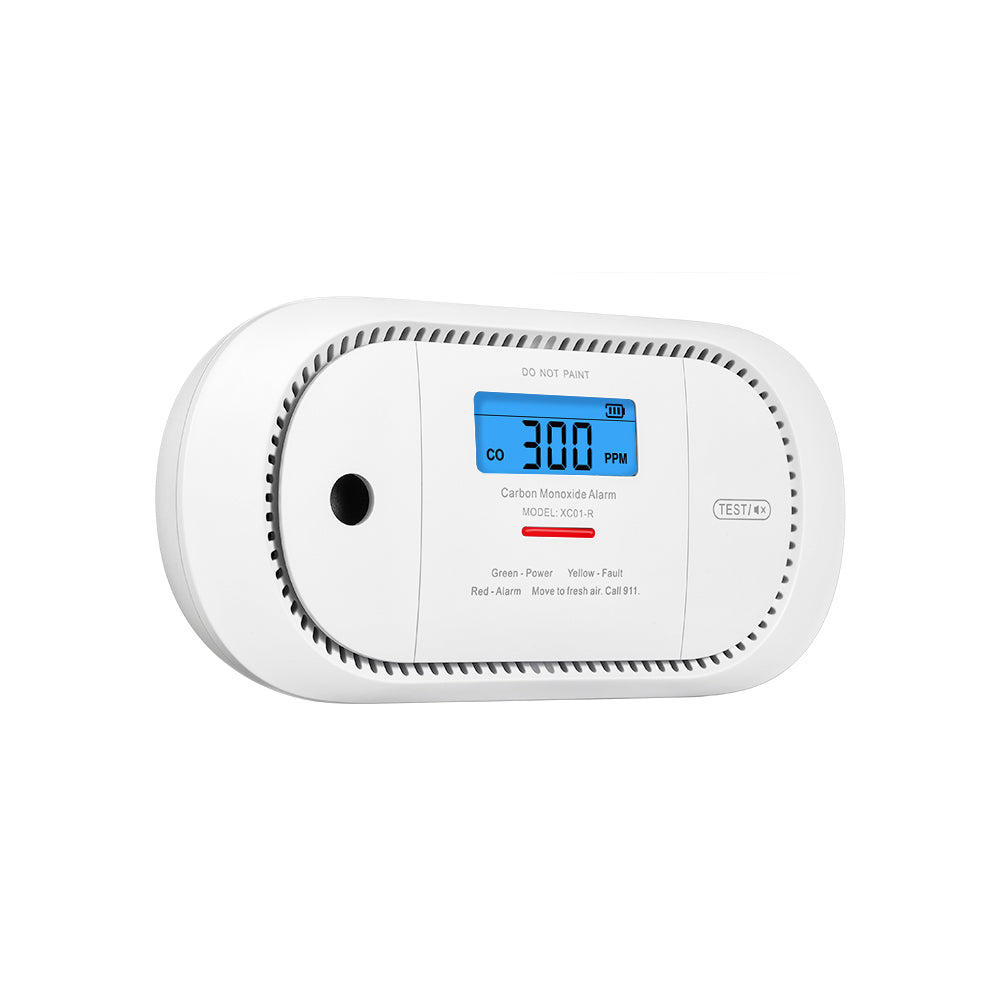Things to Know about Smoke Detectors
Thu, May 27, 2021
There is a lot to know about smoke detectors and how crucial they are in keeping your home and family safe. They are as important as fire extinguishers in your home. In this article, you will learn the different types of smoke detectors and how they work.
In addition to the types, it will cover the areas in which you need to install smoke detectors. Besides installation, there are different maintenance practices to ensure the detectors work effectively in keeping your home safe. Finally, it will cover how often you need to change your detector's battery and test if it's working properly.
The Top Things You Should Know about Smoke Alarms
It's crucial to know your smoke alarm's working principle; this gives you an upper hand on how to install it, how it works, and the necessary maintenance practices. Here are some of the top things you should know about smoke detectors.
1. Types of Smoke Detector
Photoelectric and ionization smoke detectors are the two major types of detectors. They work by photoelectric and ionization detection, respectively.
Ionization detectors are popular to photoelectric detectors because they are produced massively by manufacturers and are very cheap. This is not to say photoelectric detectors are expensive; they are relatively affordable too.
Photoelectric detectors are effective in detecting smoldering fires, whereas ionization detectors are effective in detecting fast flaming fires. However, it important to note that there are detectors with the ability to detect both fires effectively. It is possible because they have both types of sensors, and they are the most recommendable because you can't predict the type of fire that may occur in your home.
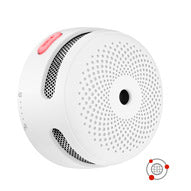
X-Sense XS01-WR Wireless Smoke Detector
- Wireless technology uses radio frequency to transmit and receive messages.
- If one alarm goes off, the rest of the interconnected alarms will alert as well.
- 5-year replaceable battery and 10-year sensor life.
- Advanced photoelectric sensor is more sensitive and reduces false alarms.
$35.99
2. Test the Smoke Alarm
To ensure proper functionality of your alarm, ensure to test it every month. Most smoke detectors have a test button on their interface. Press and hold the test button for few seconds to check if its alarm is working.
If it produces faint or no sound at all, replace the detector's battery. Do this regularly to keep both your home and loved ones safe.
3. Change the Battery
Always change the batteries of your smoke detector once every year. Failure to change the batteries leads to high-pitched irritating periodic chirps. The periodic chirps are an indication that the battery of your detector is running low. You can press the test button when you are unsure if the detector needs a change of batteries.
4. Install More Smoke Detectors
The current number of smoke detectors you have in your house may not be enough. To check if this ensure there is a detector in every hallway, each bedroom, and all the levels of your house, including the basement.
5. Replace the Smoke Alarm
The life span of smoke detectors is limited like any other smart device. For most of them, they last up to 10 years. After the period elapses, the sensors in your detector become less effective and cannot offer the much-needed protection to your home.
After replacing your detector, ensure you test if the new one is functioning properly. For the older detector, ensure to follow the proper disposal guidelines according to the manufacturer.
6. Install interconnected Smoke Detector
Installing interconnected detectors is more advantageous when compared to installing units that operate singly. This is because when one unit in the interconnection triggers an alarm regardless of its level in your home, all the other units in the connection will sound alarms immediately.
The trigger of alarms in all the other units gives ample time for evacuation of all occupants in your house. Enough time for evacuation, ensure no further injuries occur, and everyone else is brought to safety in time.
7. Install Combination Smoke and CO Alarm
While securing your home from fire, carbon monoxide gas can be even fatal compared to fire itself. The two reasons that make it more dangerous are the fact that it's colorless, odorless, yet very toxic.
CO causes hundreds of deaths annually. For these reasons, it's important to install detectors that have both smoke and carbon monoxide detecting sensors.
FAQS
Smoke detector owners tend to have many questions about installing, testing maintenance, and false alarms from smoke detectors. Here is an outline that addresses some of the concerns.
1. What type of smoke alarm should I install?
Photoelectric and ionization smoke alarm detectors are the two main types of smoke detectors. Their main difference is the sensor technology and the type of fires they effectively detect. Photoelectric smoke detectors are effective in detecting fires that smolder slowly with dense smoke.
On the other hand, Ionization detectors are effective in detecting fast flaming fires that produce very little smoke. Carbon Monoxide detectors are also crucial for homes because they detect odorless, colorless, and poisonous CO gas.
According to the Australian law, every home is required to have smoke detectors that comply with the Australian Standard AS3786. However, every state has different requirements when it comes to smoke detectors; therefore, ensure you comply with your state's requirements.
2. Where should smoke alarms be positioned?
Smoke detectors should be positioned on the ceiling or close to the ceiling on all the levels of your house. The basement should also contain smoke detectors. Every corridor leading to bedrooms should have a detector, and every pathway that may be used during evacuation has to have a detector.
According to Fire Rescue NSW, interconnected smoke detectors are more suitable compared to single units of detectors. Interconnected detectors communicate via wireless technology, or they can be hardwired to the home's electrical system. They are better because when smoke triggers one alarm in the connection, all the detectors will sound immediately. Such a scenario gives the occupants ample time to evacuate.
3. How to test and maintain smoke alarms
Testing and maintaining your smoke alarm are practices that you should do according to the recommended frequency. Testing involves pressing the test button to ensure both the battery and smoke detector is working. Smoke detectors with power lights are easy to check since you only need to observe the light frequently.
In the case of maintenance, replace batteries in smoke detectors annually. Replace the entire detector after 10 years due to the decrease of sensitivity of its sensors. At all times, involve skilled and licensed electricians in replacing hardwired smoke detectors.
Other essential maintenance practices include monthly tests and vacuum cleaning every 6 months to remove accumulated dust particles. Dusty smoke alarms are prone to false alarms, which is why cleaning is important.
4. False alarms and how to prevent them
To prevent false alarms from your detector, you ought to know the exact causes of the alarms. High humidity, steam, dust, and dirt particles are among the common cause of false alarms.
Vacuum clean smoke alarms at the recommended intervals to remove the accumulated dust. In the case of steam, open windows during shower times or use extractor fans to get rid of the steam.
In conclusion, knowing all the above aspects of your smoke alarm ensures you are aware of the proper installation and maintenance practices to keep your detector working effectively. It also saves you the trouble of worrying about false alarms because you are well aware of the measures to counteract such.
You may also like:

